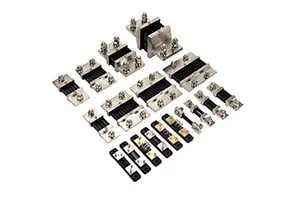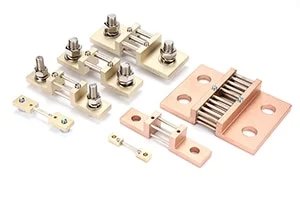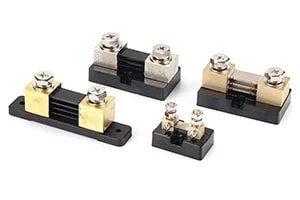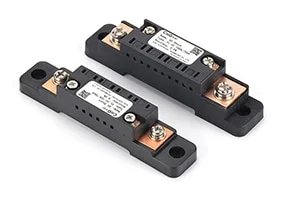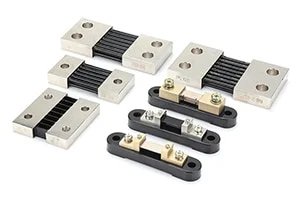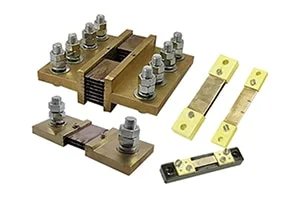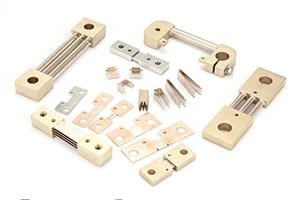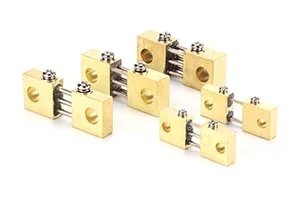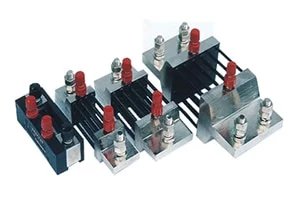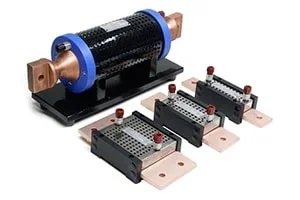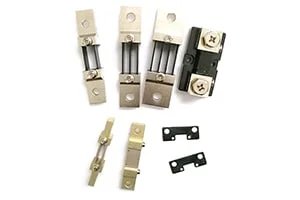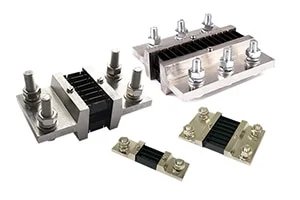In many fields, it is hard to safely and precisely measure high DC current. Misreading can lead to overheating, failure, or loss of energy. DC shunts are a cheap and accurate way to keep an eye on current without breaking the circuit. But what are they, and how do they work?
We’ll explain what a DC current shunt is, how it works, what it’s used for, and how to choose the correct one for your system in this post.
What Is a DC Current Shunt?
In systems with a lot of power, it’s very important to measure current correctly. But regular tools aren’t made to manage big currents. That’s where the DC current shunt comes in. It’s a specific part made only for this job.
What it means and why it exists
A DC current shunt is a low-resistance device that is put in series with a circuit. When current flows through it, it creates a modest, observable drop in voltage. You can use Ohm’s Law1 (V = I × R) to turn the voltage drop into current. This makes it great for systems that need a lot of current, like EV batteries or solar arrays.
| Parameter | Typical DC Shunt Range |
|---|---|
| Resistance | 0.0001 – 0.01 Ω |
| Accuracy | ±0.25% (standard), ±0.1% (high-precision) |
| Current Range | 1A to over 1000A |
| Output Voltage | 50mV, 75mV, or 100mV |
How it is different from regular resistors
Not every resistor is the same. Standard resistors are made for processing signals or balancing loads, but DC shunts are made for sensing current in tough situations.
| Feature | DC Current Shunt | Standard Resistor |
|---|---|---|
| Material | Manganin2 (low TCR) | Carbon/Metal Film |
| Temperature Coefficient | ~15 ppm/°C | ~4000 ppm/°C |
| Current Handling | Up to 1000A | <1A |
| Application | Current Sensing3 | Voltage Division, etc. |
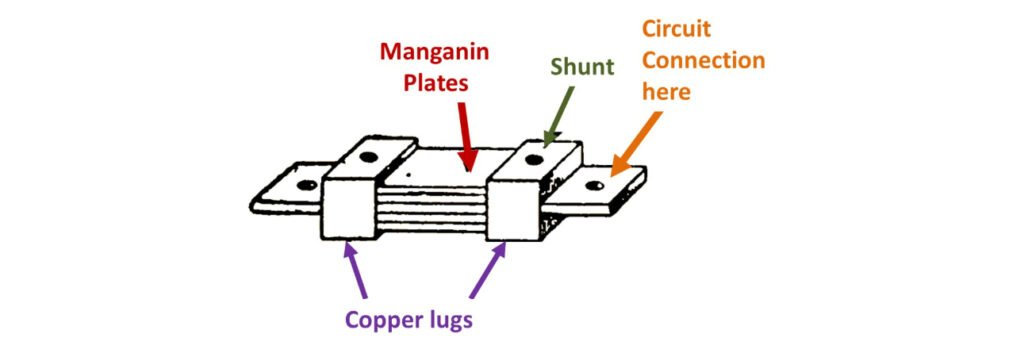
What is the function of a DC current shunt?
How can you measure hundreds of amps of current without damaging the circuit? The answer is in basic physics and smart engineering.
The Science Behind It: Ohm’s Law
Ohm’s Law (V = I × R) is what makes DC shunts operate. When current travels through the shunt’s known resistance, it causes a voltage drop:
For example, 100A × 0.00075Ω = 75mV
A voltmeter or microcontroller reads this little voltage, which lets you see how much current is flowing without stopping the circuit.
Important Parts and Materials
Manganin, which is made up of 84% copper, 12% manganese, and 4% nickel, is the most frequent alloy. This makes sure that it will last a long time, has a low temperature coefficient, and can be recycled.
How to Install and Measure
- Series Connection: The shunt should always be connected in series with the load.
- Grounding: Attach the shunt’s low potential side to the ground.
- Kelvin Connections4: Use four wires to monitor voltage so that lead resistance errors don’t happen.
- Positioning: Put it in a vertical position to help heat escape.
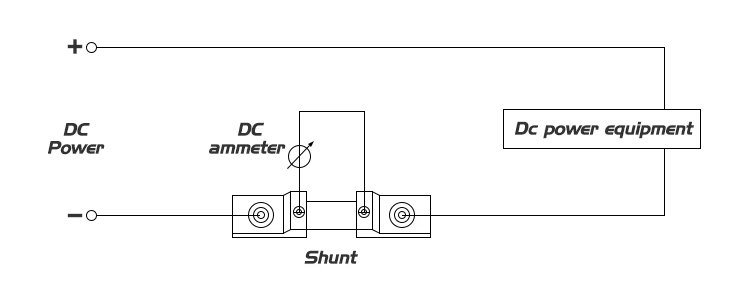
How to Choose and Use DC Current Shunts
DC shunts aren’t simply used in labs; they’re also used in electric vehicles, energy systems, and even space travel. But picking the proper one isn’t as easy as guessing.
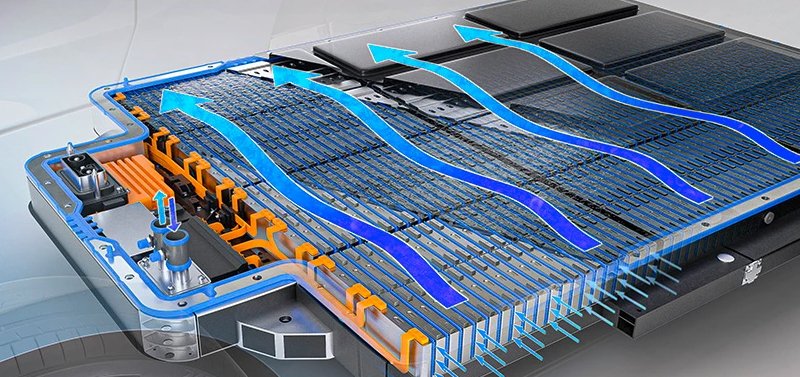
Common Uses in Business
- Monitoring the charge and discharge of EV battery systems5
- Solar inverters with BMS: for optimizing energy use and diagnosing problems
- Monitoring motor current in industrial automation
How to Pick the Right Shunt
| Selection Criteria | Recommendation |
|---|---|
| Current Rating | 125% of system peak (e.g., 125A for 100A system) |
| Voltage Drop | 50mV for efficiency, 100mV for easier measurement |
| Accuracy | 0.1% or better for billing-grade systems |
Things to Avoid When Installing
- Wrong grounding: changes the voltage reference
- Horizontal Mounting: Could cause overheating
- Loose terminals: Thermal expansion might make things less accurate.
- No Kelvin Connection: This causes measurement errors.
Conclusion
DC current shunts are small but powerful devices that turn enormous current flows into signals that can be measured. Whether you’re dealing with electric vehicles (EVs), solar energy, or industrial



